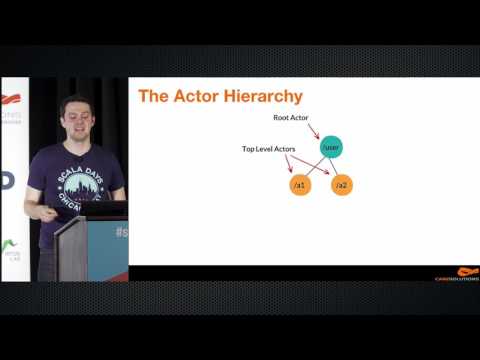Description:
Explore common pitfalls and best practices when developing reactive applications in this 40-minute conference talk from Scala Days Chicago 2017. Learn about crucial design considerations, including persistent actor challenges, network partition handling, graceful shutdown implementations, and distributed transaction management. Gain insights into the trade-offs between microservices and actors, and discover how to properly utilize tools like the Lightbend Reactive Platform. Delve into topics such as actor hierarchies, error handling strategies, and techniques for mitigating long-tail latencies. Whether you're planning, implementing, or maintaining reactive systems, acquire valuable knowledge to enhance your development skills and avoid common mistakes in the field of reactive programming.

Top Mistakes When Writing Reactive Applications
Add to list
#Conference Talks
#Scala Days
#Programming
#Cloud Computing
#Microservices
#Computer Science
#Distributed Systems
#Distributed Transactions